“I am Kamala Harris. My pronouns are ‘she’ and ‘her.’ I am a woman sitting at the table wearing a blue suit.” That embarrassing exercise in self-parody was how the former vice president of the United States chose to introduce herself at a July 2022 roundtable on how the Supreme Court’s reversal of Roe v. Wade could affect disabled people.
Harris’s pandering indulgence in radical gender ideology barely attracted notice at the time. But two years later, just after she took the mantle of the 2024 Democratic presidential nomination from the addled Joe Biden, a video of her awkward self-presentation resurfaced and went viral as evidence of her intellectual vapidity, poor public speaking skills, and display of a sensibility that most Americans reject. According to a recent Harvard/Harris poll, nearly seven in ten Americans believe there are only two genders, while Pew Research found last year that 56 percent feel “uncomfortable” about individuals using “they/them” pronouns. According to YouGov, a 43 percent plurality of Americans favor permanently banning immigrants who use nonbinary gender pronouns on visa applications.
Those numbers proved unfortunate in an election year – “Kamala is for they/them, President Trump is for you,” announced one of Trump’s most effective campaign ads, which ran more than 30,000 times in the seven swing states, all of which Trump won last November. But nevertheless, the left persisted. In the digital age, listing pronouns – whether binary or nonbinary – became a modish and patronizing signifier indicating that one was positively disposed towards “inclusivity,” with the presumption that maximal inclusivity is inherently good while any degree of opposition to inclusivity – and therefore any objection to subjectively employed pronouns – is fundamentally bad. Arrogating virtue to the practice made it easy for any individual, however marginalized or limited, to claim a place among the progressive in-crowd, the enlightened elite, the empathetic, the compassionate, the accepting, the morally superior, or whatever other purportedly superordinate category promised praise, recognition, esteem, advancement, or worthy belonging on “the right side of history.”
Listing and using subjectively determined pronouns quickly metastasized throughout the Anglosphere – and made tentative inroads in other cultures – across social media, education, government, corporate suites, and elsewhere, often becoming a mandatory practice. Deviating from it evolved from mere insensitivity to the proscribed sin of “misgendering” people to a deviant act requiring ritualized expulsion from the community. Even modifying gendered pronouns as “preferred” became taboo since it offensively suggested that an element of “choice,” rather than existential certainty, might be involved in determining one’s gender identity.
Guides on proper pronoun usage proliferated in print, music, games and online. Liberal parents could congratulate themselves on presenting their hapless children with board books bearing such cringe titles as They, She, He: Word for You and Me and Payden’s Pronoun Party. Media outlets outdid each other in professions of fealty. In 2021, government-funded National Public Radio issued a comprehensive manual on gender identity compiled in consultation with no fewer than eight nonprofit organizations whose missions involve gender and sexuality. “Our goal is to help people communicate accurately and respectfully with one another,” it promises, assuring the taxpaying reader that “proper use of gender identity terms, including pronouns, is a crucial way to signal courtesy and acceptance.” Watch out, Emily Post.
Particularly in universities and schools, using the “wrong” pronouns – defined as any other than those desired by their bearer – became grounds for major sanctions, up to and including expulsion from study or dismissal from employment. In August 2024, the Biden administration’s Education Department enshrined the new mores by updating Title IX guidelines (later suspended by a judicial ruling and now superseded by presidential executive order) to extend the legislation’s already grotesquely distorted interpretation of equal gender access to education to encompass “gender identity.” Using the wrong pronouns, in a plausible legal interpretation, was no longer merely rude or socially unacceptable but a fundamental violation of the “victim’s” civil rights.
The shoe is on the other foot now. Commanding public support on the issue, on his first day back in office President Trump signed an executive order under the unambiguous title “Defending Women from Gender Ideology Extremism and Restoring Biological Truth to the Federal Government.” Denouncing what it called the “unhealthy road” toward “replacing the immutable biological reality of sex with an internal, fluid, and subjective sense of self unmoored from biological facts,” it set clear, scientific definitions of male and female, recognized the biological sex binary as the official position of the U.S. federal government, and prohibited gender ideology in all official spheres. Shortly thereafter, federal agencies directed employees to remove pronouns from all official use.
Now, according to the New York Times, the Trump administration may be taking the prohibition a step further. Journalists who continue to use pronouns are starting to find that what might once have identified them as members of the blue America’s “inclusive” elite now tags them as untouchables with diminishing access to the highest levels of power. “As a matter of policy, we do not respond to reporters with pronouns in their bios,” the former paper of record claims White House press secretary Karoline Leavitt responded to one of its reporters in refusing to answer questions on an unrelated topic. At least two other reporters have made similar claims, according to the Times, which quoted similarly worded refusals sent to pronoun-listing journalists by a DoGE official.
There is no indication that this policy is official, but the Times says Leavitt responded to an inquiry on that point writing, “any reporter who chooses to put their preferred pronouns in their bio clearly does not care about biological reality or truth and therefore cannot be trusted to write an honest story.” Leavitt’s logic is clear, but her use of “their,” we can safely assume, is the common grammatical error substituting the third person plural to avoid the gendered third person singular “he” or “she.” A gesture of inclusivity, perhaps?



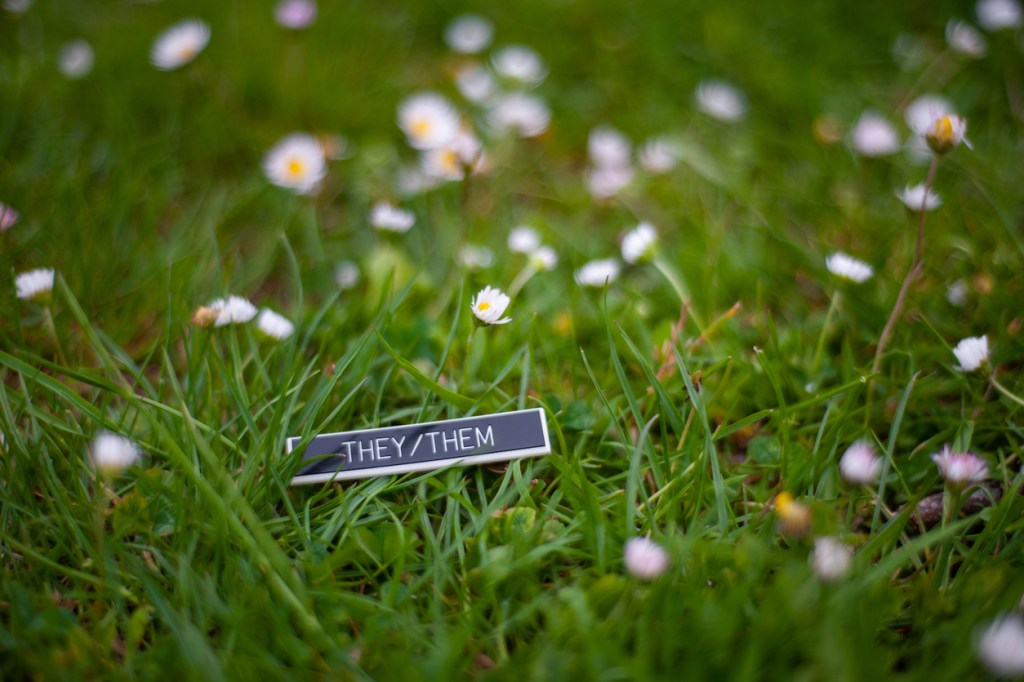










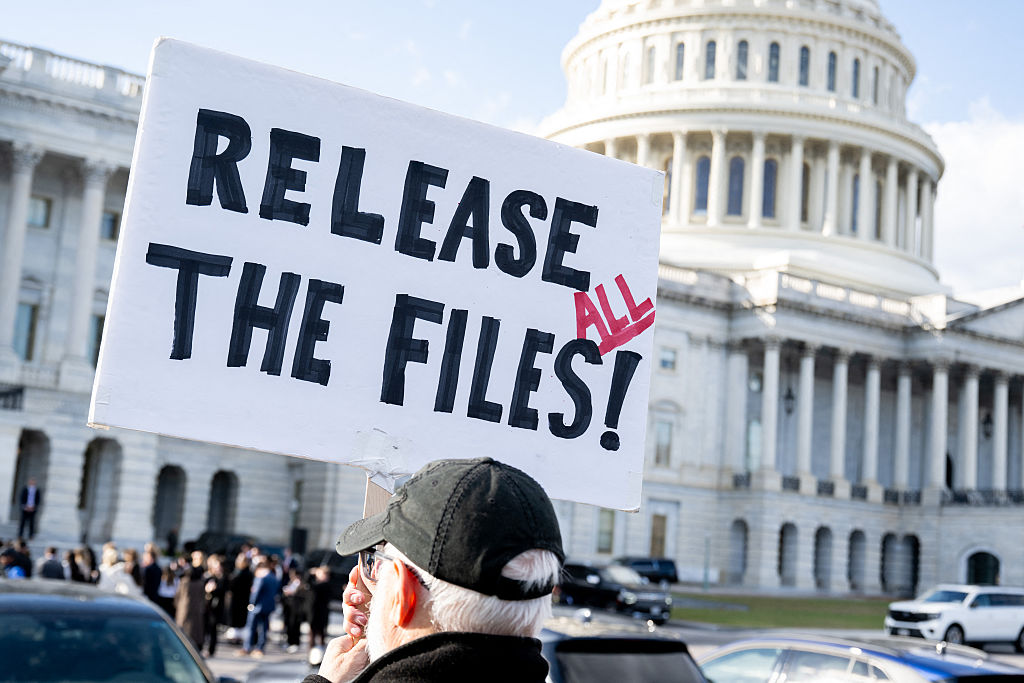

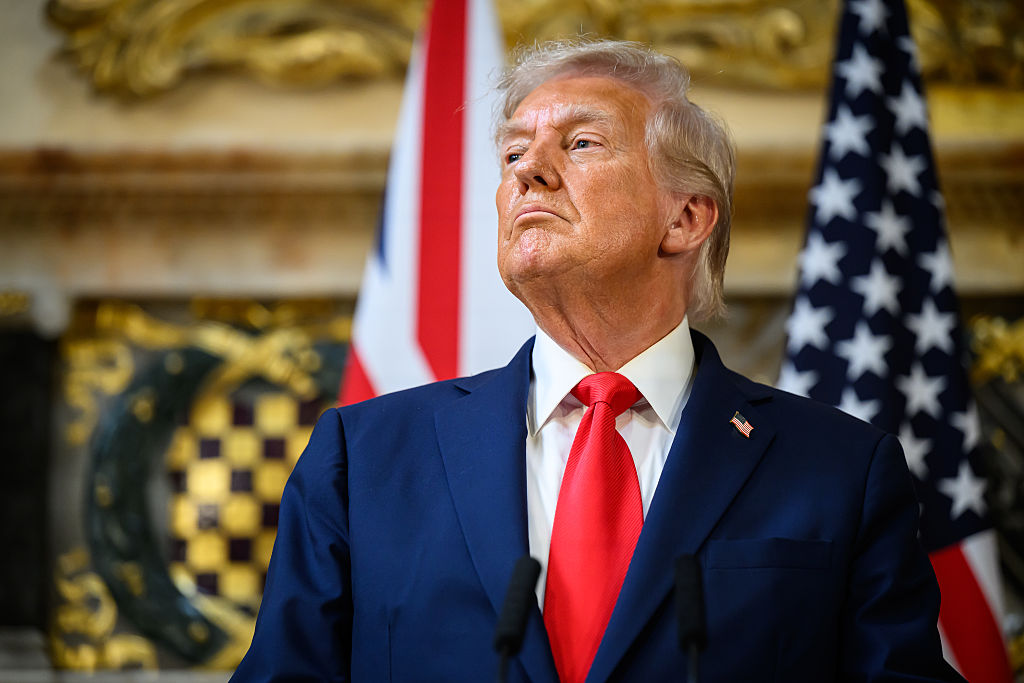
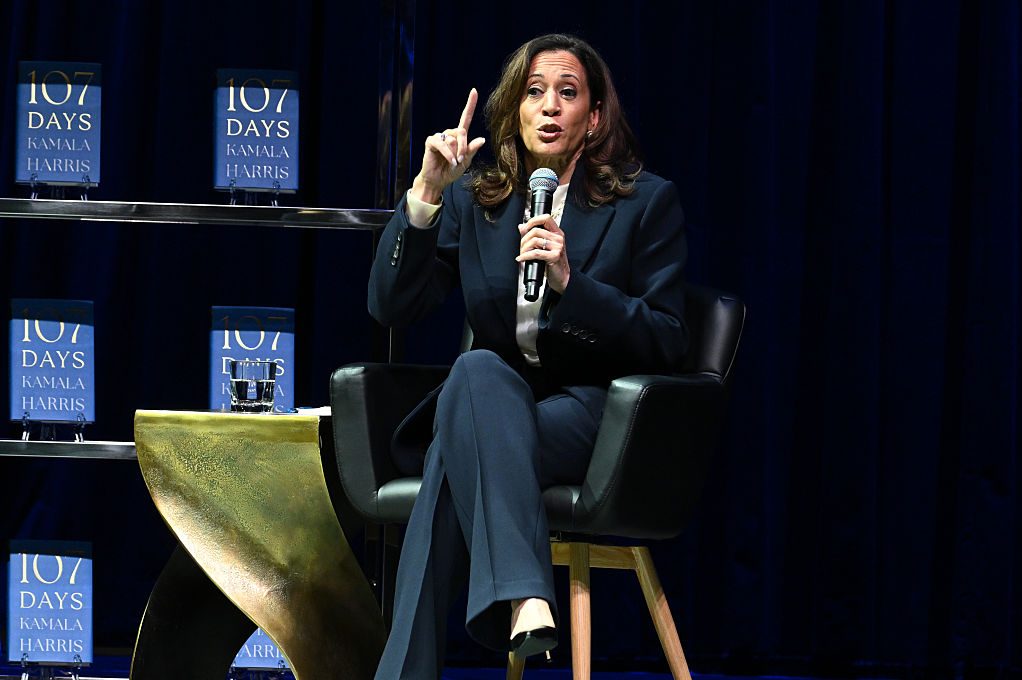

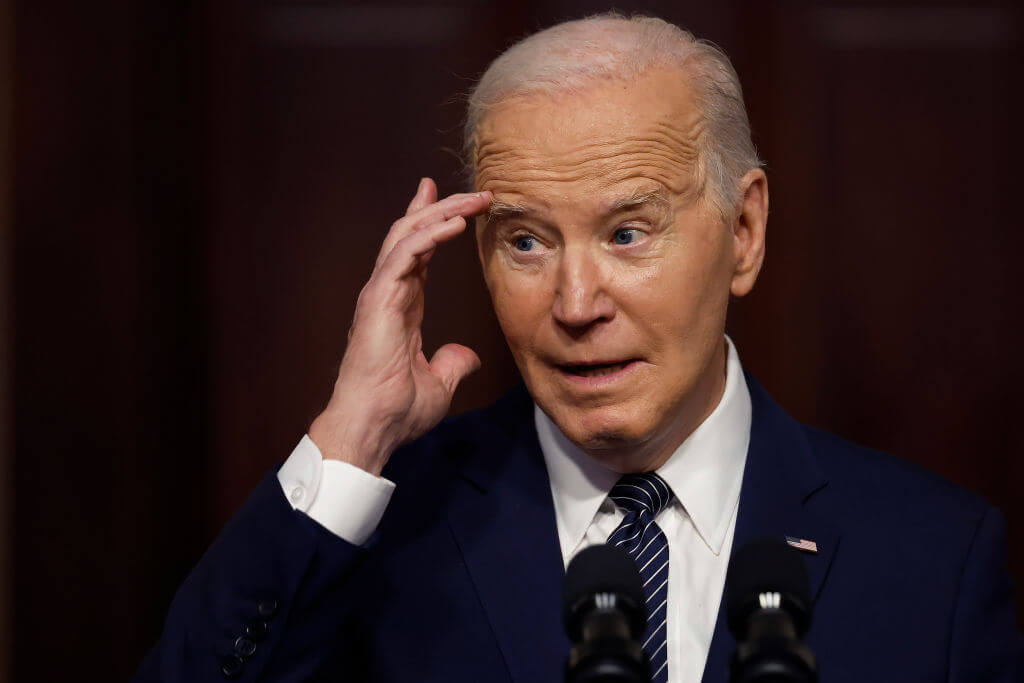



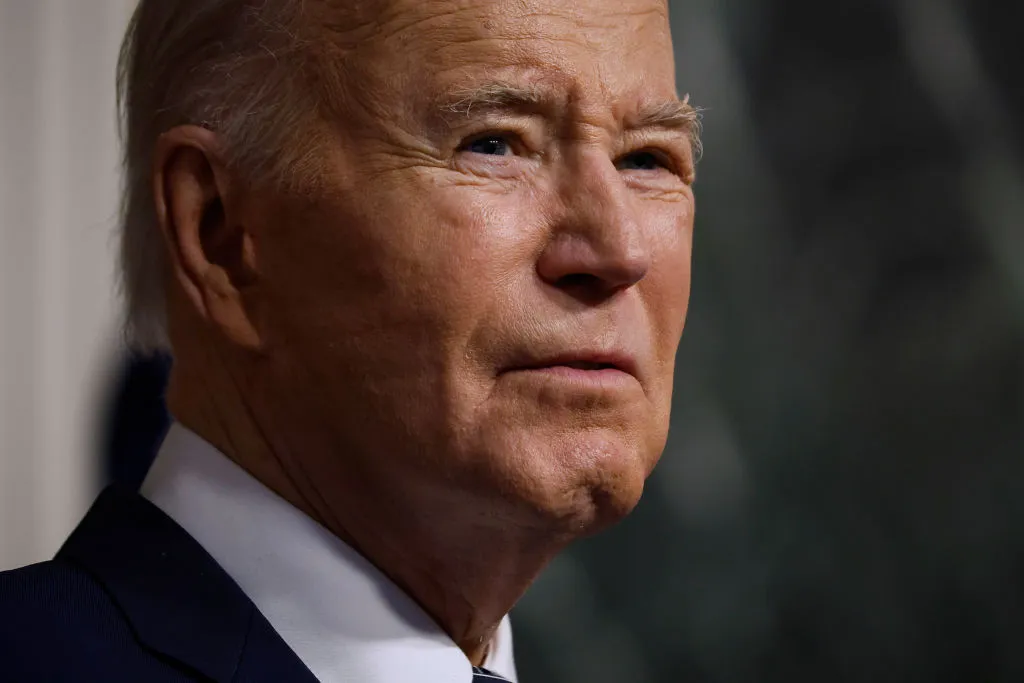

Leave a Reply